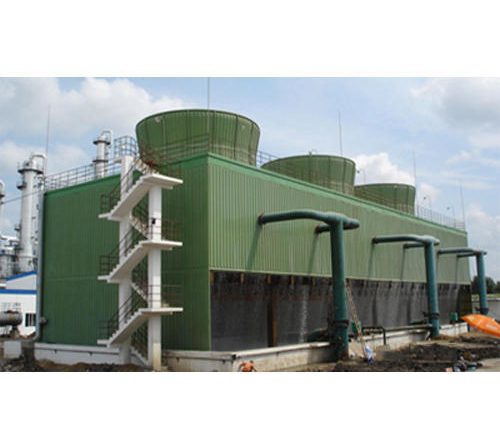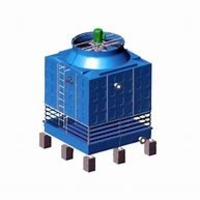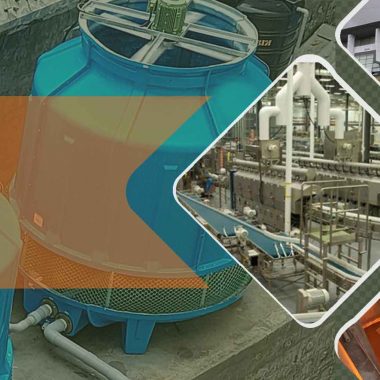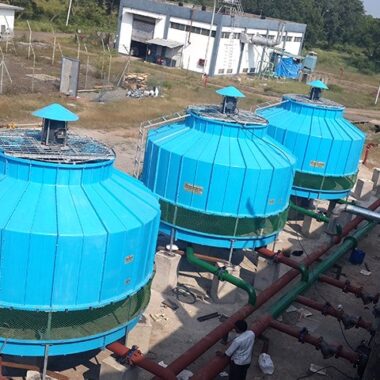Understand the balance between energy consumption and water use
Understand the balance between energy consumption and water use
Balancing energy utilization and water utilize could be a basic consideration within the operation of cooling towers, as these systems are significant consumers of both energy and water. Achieving an ideal balance between energy proficiency and water preservation involves executing different strategies to minimize energy consumption whereas maximizing water proficiency. Understand the balance between energy consumption and water use, Here’s how this adjust can be accomplished:
1. Energy-Efficient Equipment:
- Selecting energy-efficient cooling tower components, such as variable frequency drives (VFDs) for fan motors, high-efficiency fill media, and low-power utilization pumps, can diminish overall energy utilization without sacrificing cooling performance.
- Upgrading to present day, energy-efficient cooling towers with progressed highlights and advances, such as intelligent controls and variable-speed fans, can advance improve energy efficiency and minimize operating costs.
2. Optimized Fan Operation:
- Adjusting fan speeds based on cooling request and ambient conditions can optimize energy usage whereas maintaining adequate heat dissipation. Variable-speed drives permit fans to operate at reduced speeds during periods of lower cooling request, saving energy compared to constant-speed operation.
- Implementing fan cycling or staging procedures can also optimize fan operation by enacting as it were the necessary number of fans to meet cooling requirements, diminishing energy consumption during partial load conditions.
3. Water Conservation Measures:
- Implementing water conservation measures, such as optimizing water treatment programs to minimize blowdown, reusing and reusing process water, and capturing and treating blowdown for reuse, can reduce water utilization in cooling tower systems.
- Installing water-saving technologies, such as drift eliminators to minimize water misfortune through drift, and incorporating water-efficient fill media plans can further enhance water conservation efforts.
4. Operating Parameters Optimization:
- Adjusting working parameters, such as water flow rates, temperature setpoints, and cycles of concentration, to optimize system execution can help strike a balance between energy consumption and water utilize.
- Implementing automated controls and observing systems to continuously optimize operating parameters based on real-time conditions and execution information can maximize energy proficiency and water conservation over time.
5. Integrated Design and Planning:
- Taking a holistic approach to cooling tower plan, counting considerations for system layout, equipment measuring, and integration with other HVAC components, can help optimize energy and water use all through the system’s lifecycle.
- Incorporating energy and water efficiency contemplations into the introductory design phase, as well as continuous maintenance and optimization endeavors, ensures that cooling tower systems operate efficiently and sustainably over the long term.
By implementing a combination of energy-saving and water-conservation measures, operators can accomplish a balanced approach to cooling tower operation that minimizes environmental impact, decreases operating costs, and ensures reliable cooling performance.





